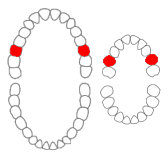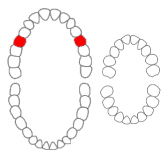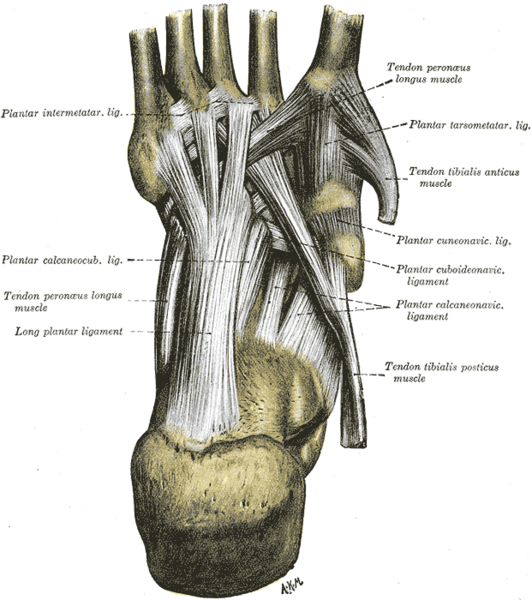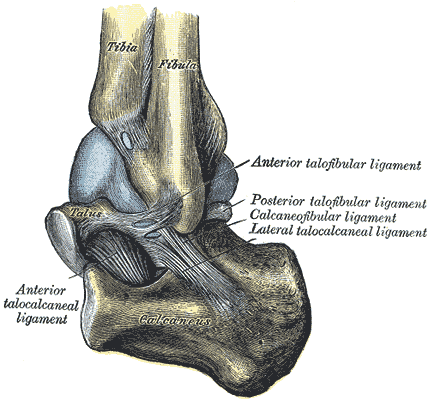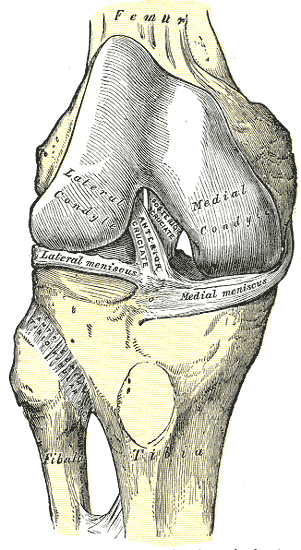We just learned about the
Talocalcaneal Ligaments.
Another bunch of ligaments are the
Transverse Tarsal Ligaments.
These are the ligaments that tie a bunch of foot bones together:
- Calcaneus: heel bone
- Talus: ankle bone
- Navicularis: top of foot bone
- Cuboid: outside of foot bone
Remember the location words, like dorsal means on top, plantar means on bottom, bifurcated means split into two.
There are 7 ligaments that tie all these together.
- dorsal talonavicular: Connects the talus to the navicularis on the top.
- plantar calcaneonavicular: Connects the calcaneus to the navicularis on the bottom.
- bifurcated (calcaneonavicular): Splits into two and connects the calcaneus to the navicularis in the middle.
- dorsal calcaneocuboid: Connects the calcaneus to the cuboid on the top.
- long plantar: Connects the calcaneus to the cuboid on the bottom. It is the longest of the foot ligaments.
- plantar calcaneocuboid: Connects the calcaneus to the cuboid on the bottom. It is shorter than the long plantar and connects at a different spot.
- bifurcated (calcaneocuboid): Splits into two and connects the calcaneus to the cuboid bone in the middle.

(from: wikipedia -
plantar calacneonavicular ligament)

(from: wikipedia -
navicular bone)
Kid Facts - Blast from the past: Dermis



